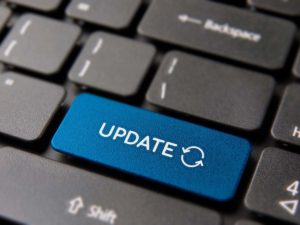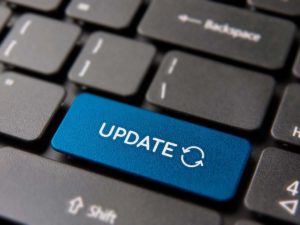Blog
Read & Explore New Stuff
Explore practical tips, industry insights, and expert advice to unlock the full potential of your data.
Categories
- Free tools
- SQL Compliance Manager
- SQL Defrag Manager
- SQL Diagnostic Manager for MySQL
- SQL Diagnostic Manager for SQL Server
- SQL Diagnostic Manager Pro
- SQL Inventory Manager
- SQL Query Tuner for SQL Server
- SQL Safe Backup
- SQL Secure
- SQL Workload Analysis for SQL Server
- Uptime Infrastructure Monitor Formerly Uptime
Knowledge Base
SQL Query Optimization: 23 Proven Techniques
Knowledge Base
Understanding Resource Contention – The CPU Crusher
Knowledge Base
Understanding Query Regressions – The Slow-Burn Invader
Knowledge Base
How to Perform a SQL Server Health Check
Knowledge Base
Top 5 SQL Server Performance Monitoring Tools
Knowledge Base
SQL Performance Tuning Dos and Dont’s
Knowledge Base
Understanding TempDB Contention
Knowledge Base
Understanding Blocking vs. Deadlocks
SQL Compliance Manager
ApexSQL Audit Is Reaching End of Life — Here’s Your Next Step
database-management











